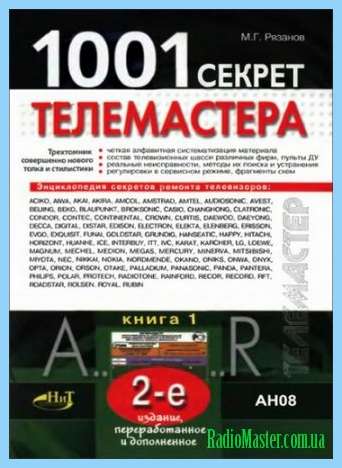Cokolevka Importnih Kineskopov

The term kilonova was introduced by Metzger et al. In 2010 to characterize the peak brightness, which they showed reaches 1000 times that of a classical nova. They are 1/10th to 1/100th the brightness of a typical supernova, the self-detonation of a massive star. The first kilonova to be found was detected as a short gamma-ray. Write something about yourself. No need to be fancy, just an overview. No Archives Categories.
This artist's impression video shows how two tiny but very dense neutron stars merge via gravitational wave radiation and then explode as a kilonova. A kilonova (also called a macronova or supernova) is a that occurs in a compact when two or a neutron star and a merge into each other.
Kilonovae are thought to emit short and strong electromagnetic radiation due to the of heavy nuclei that are produced and ejected fairly during the merger process. The term kilonova was introduced by Metzger et al.
In 2010 to characterize the peak brightness, which they showed reaches 1000 times that of a classical. They are 1⁄ 10 to 1⁄ 100 the brightness of a typical, the self-detonation of a massive star. The first kilonova to be found was detected as a short, sGRB 130603B, by instruments on board the and spacecrafts and then observed using the. [ ] In October 2018, astronomers reported that, a event detected in 2015, may be analogous to the historic, a event detected in 2017, and associated with the of two. The similarities between the two events, in terms of, and emissions, as well as to the nature of the associated host, are considered 'striking', and this remarkable resemblance suggests the two separate and independent events may both be the result of the merger of neutron stars, and both may be a hitherto-unknown class of kilonova transients.
Kilonova events, therefore, may be more diverse and common in the universe than previously understood, according to the researchers. Proficy machine edition download. First kilonova observations by the.
The first observational suggestion of a kilonova came in 2008 following the GRB 080503, where a faint object appeared in optical and infrared light after one day and rapidly faded. Another kilonova was suggested in 2013, in association with the GRB 130603B, where the faint emission from the distant kilonova was detected using the. On October 16, 2017, the and collaborations announced the first simultaneous detections of () and electromagnetic radiation (, ) of any phenomena, and demonstrated that the source was a kilonova caused by a binary merger. This short GRB was followed by a longer visible for weeks in the optical electromagnetic spectrum () located in a relatively nearby galaxy,. See also [ ] • • • • • References [ ].
Floods are the deadliest, most frequent, and most expensive natural disasters in the U.S. And in the world. Because floods are difficult to predict, often cover wide areas, and can last for days, emergency responders and disaster relief organizations need all the information they can get about the situation on the ground in order to respond effectively. NASA’s earth observing satellites capture the big picture from the perspective of space. FEMA and other agencies and organizations in the U.S. And abroad are using NASA satellite images, data, maps, and models to improve their response to disastrous floods.